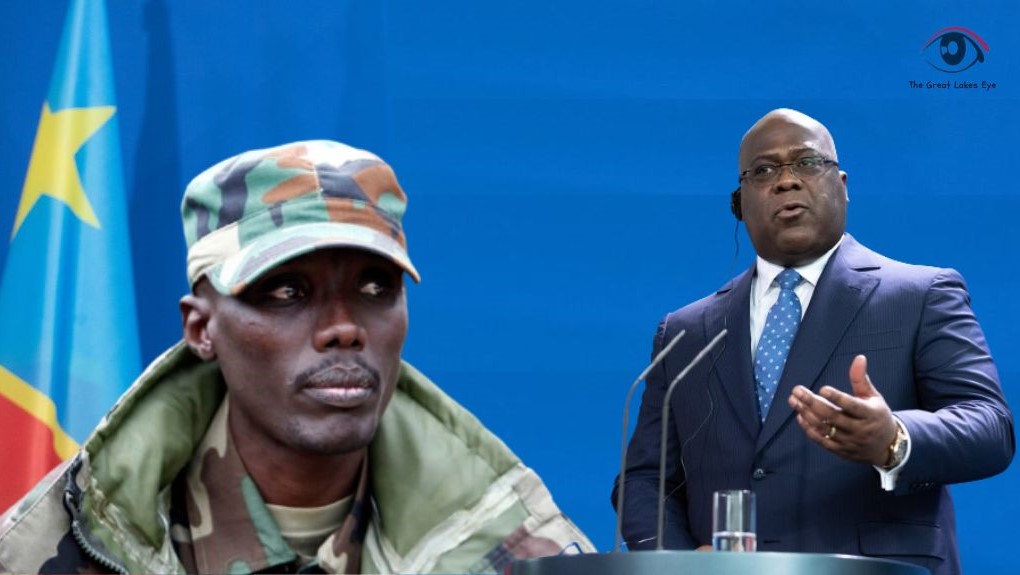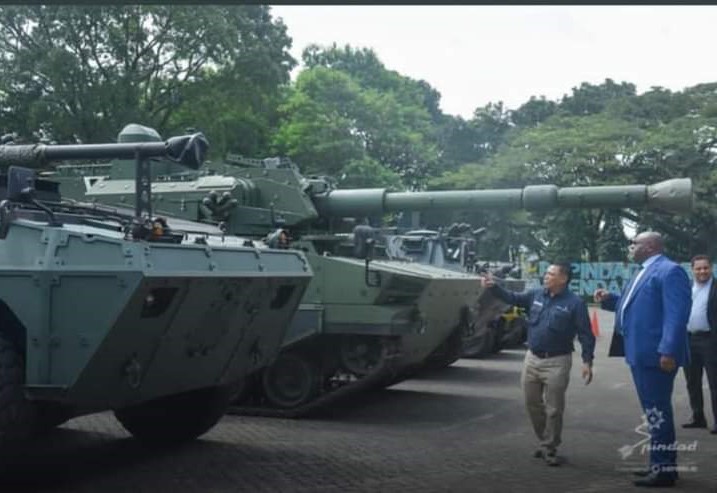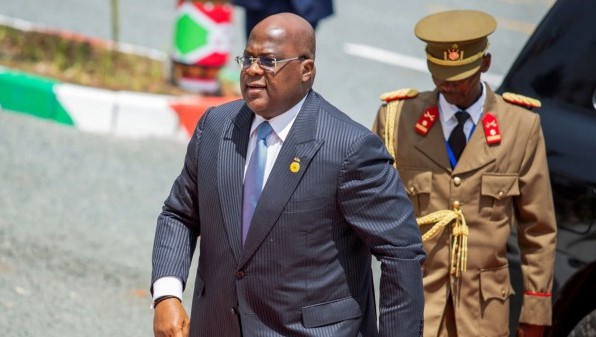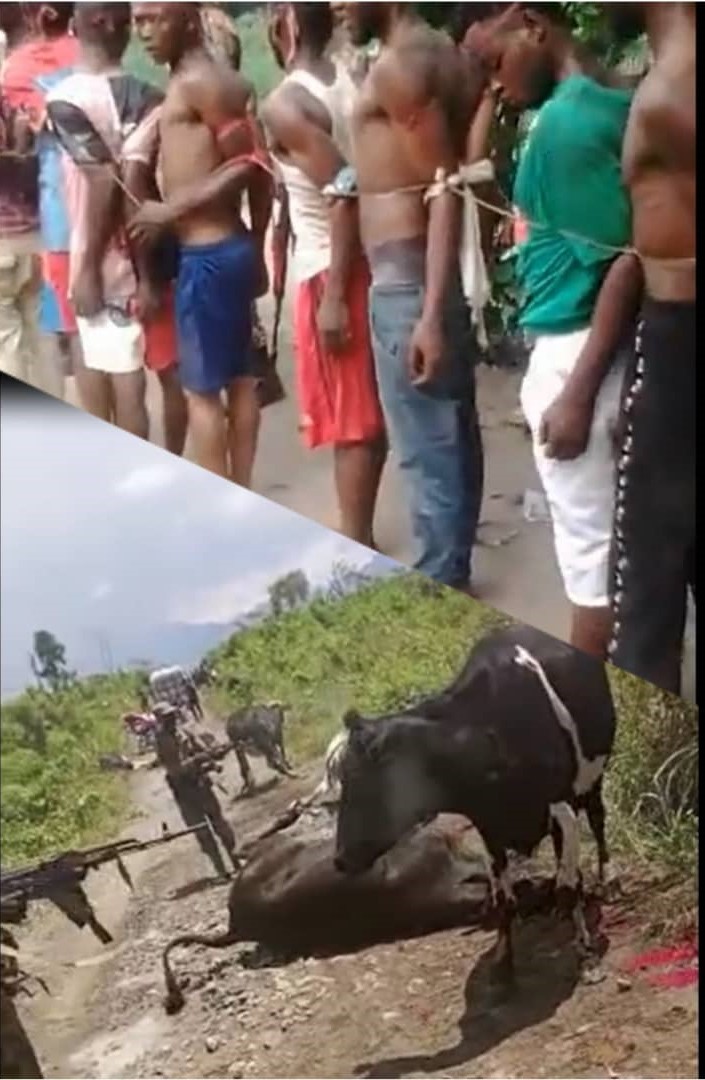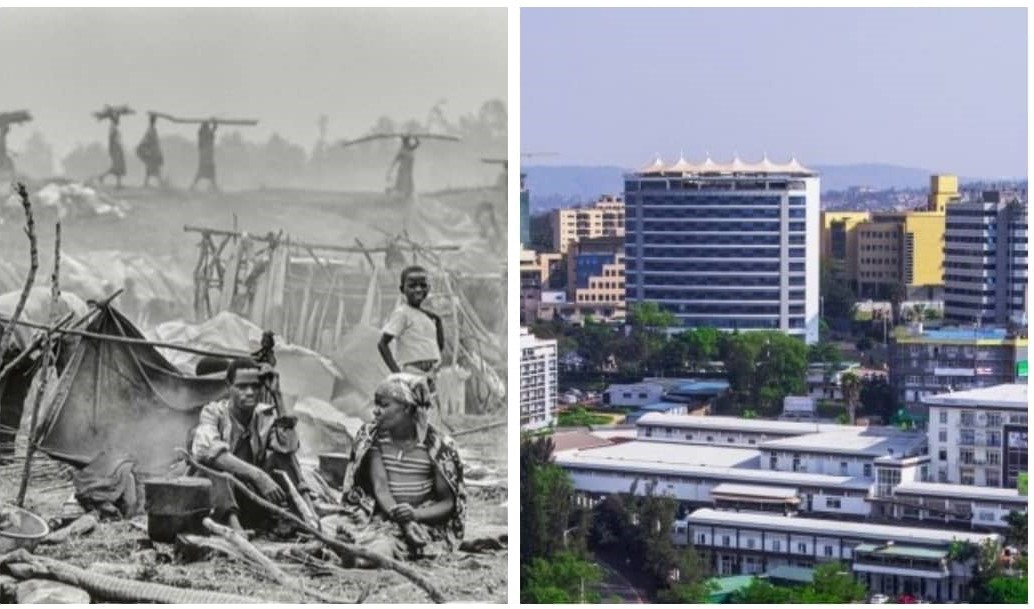Regional
DRC: Tshisekedi using M23 conflict to buttress political campaign for re-election
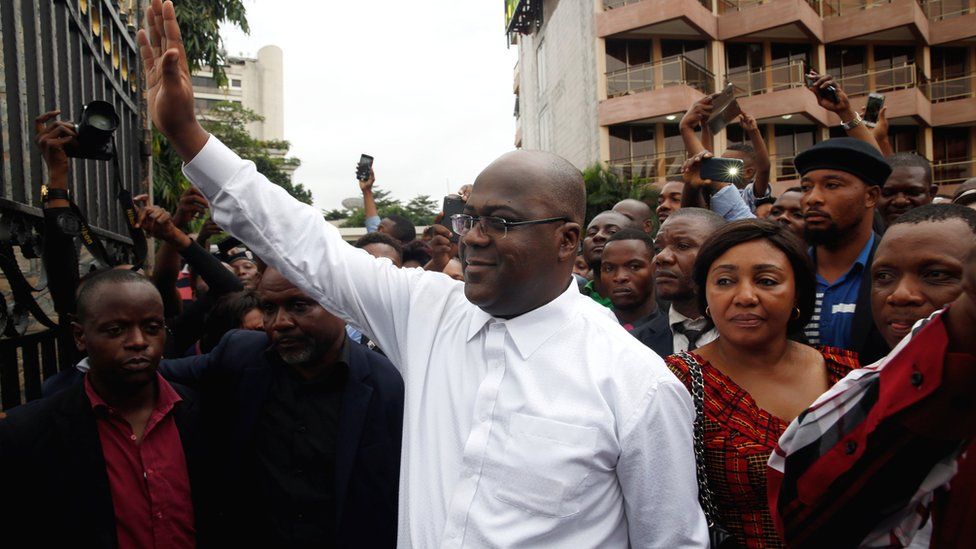
With
DRC’s elections due in December 2023, Congolese President Felix Tshisekedi is
wooing his voters in the eastern part of the country, whom he promised four
years ago to do everything he could to bring peace.
However,
civilians no longer feel any safer than they did before his coming to power. But
Tshisekedi, who never tackled any of the big problems DRC had when he was sworn
in as president, is now using M23 to win Congolese voters’ hearts.
He
is convincing the Congolese that the M23 rebellion is responsible for all
insecurity in eastern DRC despite the fact that there are more than 130 active
armed groups already operating in the country. And the Congolese president thinks
that continued war between his army and the rebels will earn him votes. Yet
dialogue with M23 will still earn him criticism from his opponents for bending
to foreign interests and selling out their country.
Apparently,
his only way out is seeking any alternative force that will specifically target
the M23 rebels.
In
the beginning, Tshisekedi appealed to the East African Community, in which he
was a new member, to send troops to eastern DRC and restore peace. Deployed in November 2022, the troops did not
fight the rebels as he expected but rather focused on their buffer role, much
to his disappointment.
The
EAC regional forces have not been involved in combat against the M23 rebels –
who have been cooperative in their withdrawal from territories they previously
captured – because regional leaders prioritised political dialogue.
That’s
how the regional force highly contributed to the resumption of normalcy in
areas earlier occupied by the rebels.
The
regional forces ensured observance of the ceasefire and oversaw the withdrawal
of armed groups who handed over most of the areas to the EACRF. These areas
include Karuba, Mushaki, Kirolirwe, Kitchanga, Mweso, Kishishe, Bambo, Bunagana,
Tchengerero, Kiwanja and Kinyandoni. They are now under the control of various
EACRF contingents who are helping residents to return to their homes and
businesses.
Still,
the Congolese president was not satisfied. For good or for bad, he wants M23
annihilated. Now that EAC forces will not fight rebels, he wants them out of
his country.
“The
head of state said that under the terms of the EACRF’s mandate if the results
of its mission are not satisfactory by next June, this contingent which came to
the rescue of the DRC will have to leave the territory for good,” the DRC
presidency tweeted about Tshisekedi’s meeting with his Botswana counterpart,
Mokgweetsi Masisi, on May 9.
Tshisekedi’s
aspirations are now on SADC where he is chairperson.
On
May 8, the Southern African bloc approved the deployment of troops to the DRC.
With an offensive mandate, SADC troops are expected to fight M23 and “assist
the government and people of the DRC in its efforts to restore peace and
stability in the eastern part of the country, particularly in light of the
upcoming national elections scheduled for December 2023” said Namibian
president Hage G. Geingob, who serves as chairperson of the SADC Organ on
Politics, Security, and Defense.
The
DRC president is replacing EAC troops with those from SADC for one purpose; to
gain popularity and votes in the forthcoming elections.
While
the international community and the region are relying on the Luanda and
Nairobi peace processes to restore lasting peace in eastern DRC, Tshisekedi is
not committed to it.


